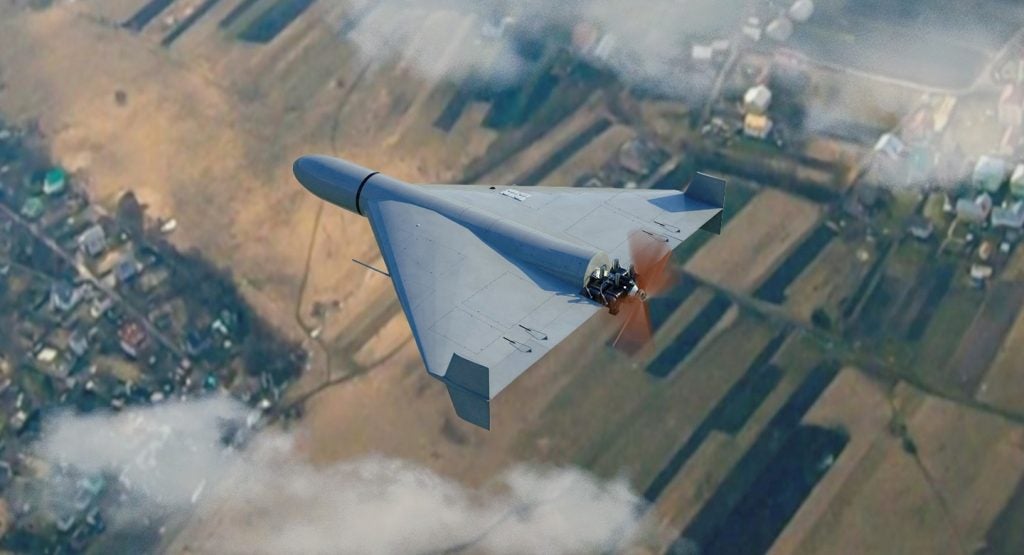The Indian defence market covers almost the entire spectrum of defence products and technologies, with India being a major conventional forces power, in addition to operating special forces and counter insurgency operations in areas such as Kashmir. India also operates equipment within specialist niches, such as especially high-altitude operating areas and mountain terrain.
Technology trends
Listed below are the key technology trends impacting the India Impact theme, as identified by GlobalData
Unmanned systems
India is increasing unmanned aerial vehicle (UAV) use and has expressed interest in acquiring signature-managed unmanned combat aerial vehicle (UCAV) platforms, as well as incorporating UAV platforms in the planning for Indigenous Aircraft Carrier 2 (IAC-2). Israel is India’s traditional supplier of UAVs. Expansion of the portfolio of deployed UCAVs in India is expected in the coming decade. India is also expected to increase the use of micro-UAVs, with no known current contracts for these systems.
Hypersonic weapons
India is currently developing the BrahMos II with NPO Mashinostroyenia, India’s first hypersonic weapon. The possession of hypersonic weapons will put India in a small club of nations with the technology, boosting the nation’s profile as well as bringing a strategic asset to the defence calculus, including providing a key non-nuclear deterrent. The ability to strike with the Hypersonic weapon would represent an important military tool for the country as it faces difficulties in maintaining naval aviation capabilities.
Non-line-of-sight (NLOS) munitions
Weapons such as the long-range spike anti-tank guided missile (ATGM) are in increasing demand in India, though the country will seek local production of a foreign design. Local efforts like NAG are expected to be fielded in increasing numbers along with borders with both Pakistan and China. Loitering Munitions of Israeli provenance are likely to increase in number, with both Harop and Harpy in service.
C4ISR
C4ISR is an area India will be expected to develop in the short, medium and long terms, with the increased capabilities of China and the corresponding increased technological needs and increased likelihood of conflict on any scale. Force multipliers will gain in prominence as the Indian Air Force (IAF) struggles to maintain critical mass with an ageing fleet, and the Army experiences the consequences of prolonged and delayed platform replacement programmes.
How well do you really know your competitors?
Access the most comprehensive Company Profiles on the market, powered by GlobalData. Save hours of research. Gain competitive edge.

Thank you!
Your download email will arrive shortly
Not ready to buy yet? Download a free sample
We are confident about the unique quality of our Company Profiles. However, we want you to make the most beneficial decision for your business, so we offer a free sample that you can download by submitting the below form
By GlobalDataActive protection
India will be developing further options in the area of Active Protection Systems (APS), with ongoing increased tensions on the borders with India and China. The large number of missile systems and armoured vehicles deployed by these countries will see APS proliferate, both on existing systems as well as future procurements.
This is an edited extract from the Impact of India on Aerospace and Defense – Thematic Research report produced by GlobalData Thematic Research.









